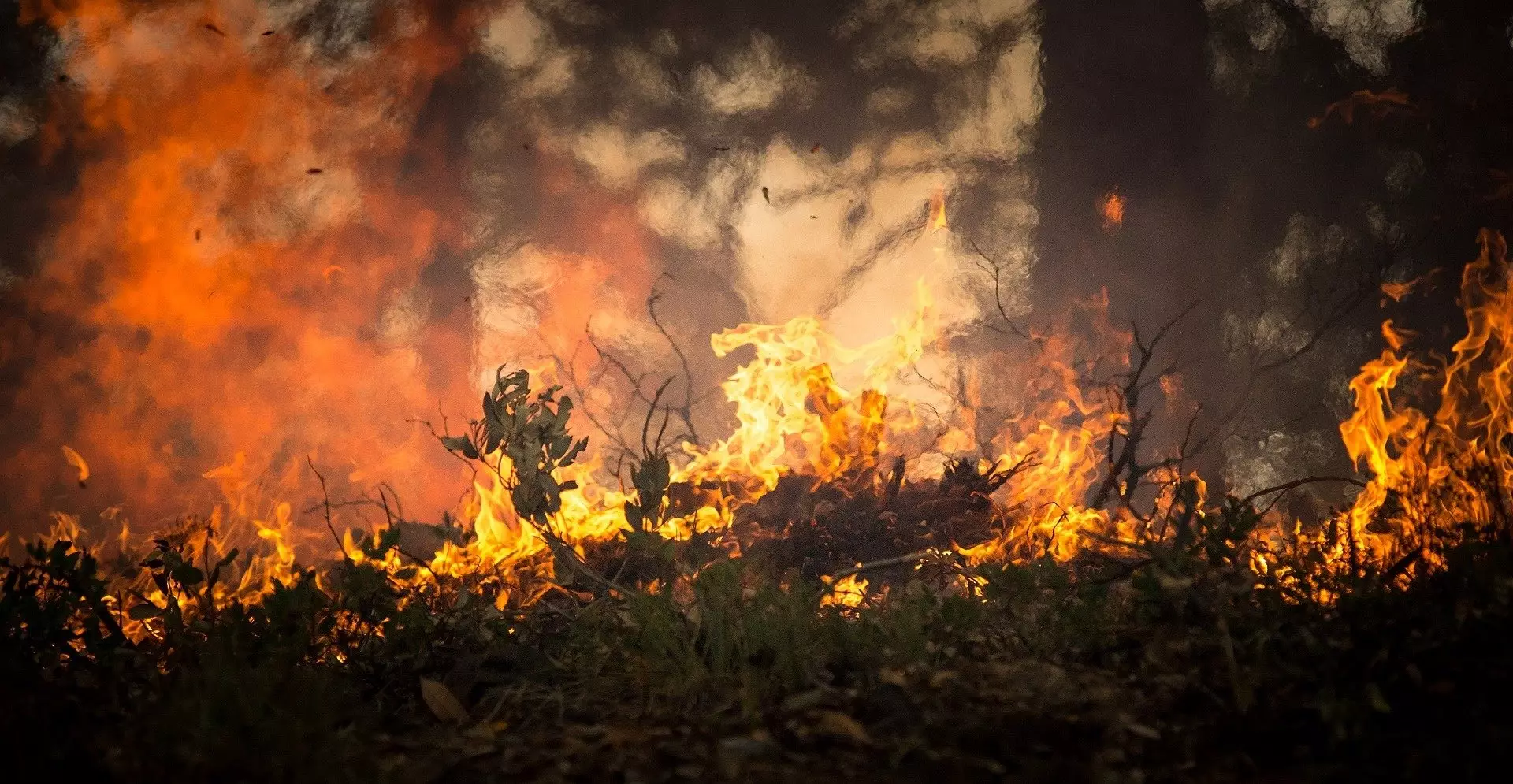In recent decades, South America has faced a troubling escalation in climate extremes, particularly in the form of intense heat, drought, and elevated fire risks. Research conducted by Raúl Cordero and his team highlights that the number of days characterized by these simultaneous extremes has significantly surged, tripling in some areas since 1970. This trend is not only alarming for the continent but also reflects a broader pattern observed globally, where escalating temperatures have become increasingly common.
The study, published in Communications Earth & Environment, meticulously analyzed climatic data across South America from 1971 to 2022, focusing on a grid system covering approximately 30 by 30 kilometers. This comprehensive approach provided a clearer picture of how different areas are experiencing the perilous trifecta of extreme heat, inadequate rainfall, and heightened combustibility. The findings revealed that certain regions, particularly around the Venezuela-Colombia border and parts of northern Amazonia, experienced an alarming increase in the number of days characterized by these conditions, with reports indicating a rise from fewer than 20 to as many as 70 days per year.
Implications for Ecosystems and Human Health
The ramifications of such climatic extremes extend far beyond mere statistics; they pose significant threats to ecosystems, economies, and human health. The intertwining nature of these environmental conditions amplifies their effects, creating a vicious cycle that exacerbates the vulnerabilities already faced by local communities, particularly rural and indigenous populations. These groups are disproportionately impacted by the escalation in fire activity, which can result not only in loss of life and livelihoods but also in the degradation of natural resources.
The researchers further note that the El Niño-Southern Oscillation (ENSO) heavily influences the patterns of these climatic extremes. During El Niño phases, for instance, the northern Amazon region faces increased fire risks, whereas La Niña conditions exacerbate the situation in central South America. This fluidity in climatic behavior underlines the complexity of climate interactions, indicating that both regional and global factors must be considered when devising strategies to manage the associated risks.
A Call for Immediate Action
As the frequency and intensity of these compound climate events increase, urgent action from policymakers becomes imperative. Addressing climate change requires not only localized responses but also a coordinated effort at national and international levels. Increased funding and focus should be directed toward developing resilience strategies that are tailored to the unique vulnerabilities of affected communities.
Moreover, fostering public awareness about the implications of extreme weather events can empower populations to adapt and prepare for the realities of a changing climate. Research recommendations emphasize the need for further studies into the systemic effects of climate extremes to inform policy effectively.
The climate crisis in South America is escalating, and without urgent intervention, its effects will become increasingly devastating. By prioritizing the mitigation of these climatic extremes and investing in vulnerable communities, we can strive toward a sustainable future, safeguarding both ecological integrity and human health.


Leave a Reply